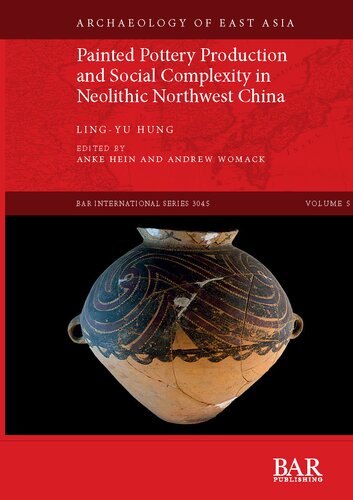

Most ebook files are in PDF format, so you can easily read them using various software such as Foxit Reader or directly on the Google Chrome browser.
Some ebook files are released by publishers in other formats such as .awz, .mobi, .epub, .fb2, etc. You may need to install specific software to read these formats on mobile/PC, such as Calibre.
Please read the tutorial at this link: https://ebookbell.com/faq
We offer FREE conversion to the popular formats you request; however, this may take some time. Therefore, right after payment, please email us, and we will try to provide the service as quickly as possible.
For some exceptional file formats or broken links (if any), please refrain from opening any disputes. Instead, email us first, and we will try to assist within a maximum of 6 hours.
EbookBell Team

0.0
0 reviewsThis study focuses on Neolithic period Majiayao-style painted pottery from Northwest China, which is known for its high quality and beautiful décor. While much is known about the pottery, research on the associated Majiayao Culture has previously been limited to cultural histories that emphasize chronology and trait-list classification, leading to a static and simplistic view of past realities. This study instead focuses on the long-overlooked social and economic processes behind the production of these vessels. Attribute and physicochemical analyses of hundreds of ceramic vessels and samples selected from multiple sites in Gansu, Qinghai, and Sichuan provinces are combined with settlement pattern and mortuary analyses of thousands of sites and burials. By synthesizing these data, this study illustrates a positive correlation between regional density of settlement distribution, intensification of pottery production, and degree of social inequality in each phase. Rather than showing a simple linear process of increasing social complexity, however, distinct regional variations in each phase and significant regional fluctuations over time can be seen. The results of this study demonstrate that economic and social patterns related to Majiayao ceramics were far more complex than previously thought.